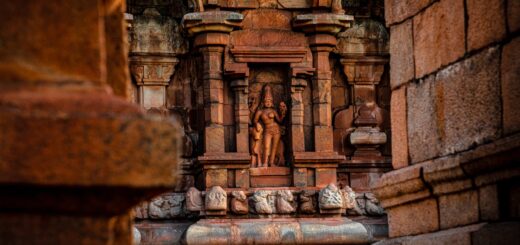The Transcendental Journey of Psychedelic Art and Visuals
The world of art is as expansive and diverse as human imagination itself. At times, it mystifies us, envelops us in its charm or leaves us contemplating with its profound message. Among the various forms of artistic expression, one particular segment, characterized by its brilliant colors, vivid patterns, and somewhat surreal elements, has continued to intrigue scholars, artists, and enthusiasts alike for several decades. This is the enigmatic realm of psychedelic art.
With origins dating back to the counterculture movement of the 1960s, psychedelic art, often associated with the mind-expanding journey of hallucinations, has not only challenged a monotonous perception of art but has also added a new level of depth and dimension to visual exploration. Psychedelic art, as the name suggests, draws its inspiration from the psychedelia culture, a subculture emerged from the widespread use of psychedelic substances that offer eccentric, trippy experiences characterized by altered states of perception. The art form channels the transcendental journey of mind-bending experiences into a visual spectacle of vibrant colors and intricate patterns that enthrall viewers.
The dominance of intense color palettes is a striking aspect of psychedelic art, where a cascade of vibrant hues suffuses the canvas and lends the artwork a surreal quality. Artists play with the mirthful and energetic range of colors to evoke emotion, stimulate cognition, and reflect the beautifully chaotic, enlightened experience of psychedelic hallucinations.
The beauty of psychedelic art lies in its breathtaking patterns that come to life with splendiferous detail. These mesmerizing patterns often tend to be convoluted and complex, embodying the transcending experience of the substances that sparked the psychedelic revolution. Some of these patterns are kaleidoscopic, while others are reminiscent of fractal geometry, an organization of shapes that repeats infinitely to create stunning, organic models similar to those found in nature. These patterned visuals serve as portals to a different dimension, simultaneously unraveling and obscuring a deeper understanding of the consciousness.
Numerous artists have pushed the boundaries and experimented with psychedelic art, bringing forth a melange of thoughts, perceptions, and revelations through the language of their paintbrushes. From renowned artists like Alex Grey with his spiritually charged, anatomical imagery, to Randal Roberts, whose works are a tribute to the multi-dimensional side of human experience, the realm of psychedelic art is a testament to the limitlessness of human imagination. These artists are not just creators but visionaries who channel broader consciousness into the physical realm bringing spiritual and philosophical inquiries to the forefront.
Psychedelic art is often seen striking a curious connection with surrealism. Both forms of art tend to delve into the irrational, the dreamlike, and the imaginative facets of the human psyche. However, while surrealism relies on the subconscious and dream states, psychedelic art reflects conscious experiences under the influence of psychedelic substances. Thus, exploring the mystical overlap between these two forms translates into an enriching journey through the labyrinth of human mind and perception.
What truly sets psychedelic art apart is not merely its aesthetics but the interactive, immersive experience it provides. A piece of psychedelic art acts like a mirror for the observer, reflecting their inner world while also inviting them to walk through an astral gateway to a universe known only to the artist. This immersive quality propels the viewer beyond the mere act of observation into a state of participation where they can experience a different realm of creativity and consciousness.
In conclusion, psychedelic art is more than just vivid colors and trippy patterns. It has continued to be a dynamic and impressive representation of alternate realities and experiences. Psychedelic art is a form of visionary art that opens up the door to grand sketches of human consciousness, creating a visual language of the divine and the enigmatic.
Through its swirling visuals and transcendental ideology, psychedelic art continues to influence many facets of contemporary culture, from music and fashion to graphic design and film. As we continue to explore the vistas of this magnificent art form, one thing remains clear: Psychedelic art transcends the boundaries of the physical world, taking us on an awe-inspiring journey through the boundless corridors of mystery, imagination, and the extraordinary.


